4 Tips To Prepare For Your First Track Day

1. Choose the right event for you

Taking to the track for the first time can be a daunting experience, so it’s vital that you choose the right event. Your first step should be to ensure that the circuit is suitable for your ability. Tracks like Cadwell Park (the ‘mini-Nurburgring’) and Oulton Park are brilliant circuits, but they offer little to no run off. Wider and more open plan tracks like Silverstone, Anglesey and Bedford Autodrome give you and your vehicle a greater margin for error.
The next thing to consider is the format of the track day: ‘open pitlane’ or ‘sessions’. An open pitlane is exactly what it sounds like. You can venture out onto the track at your leisure, and can spend as much time on the circuit as you please. Predictably, these track days tend to be more expensive due to the virtually unrestricted access to the circuit. However, keep in mind that there’s often a mix of abilities on track at any one time, so they can be quite intimidating for novices.
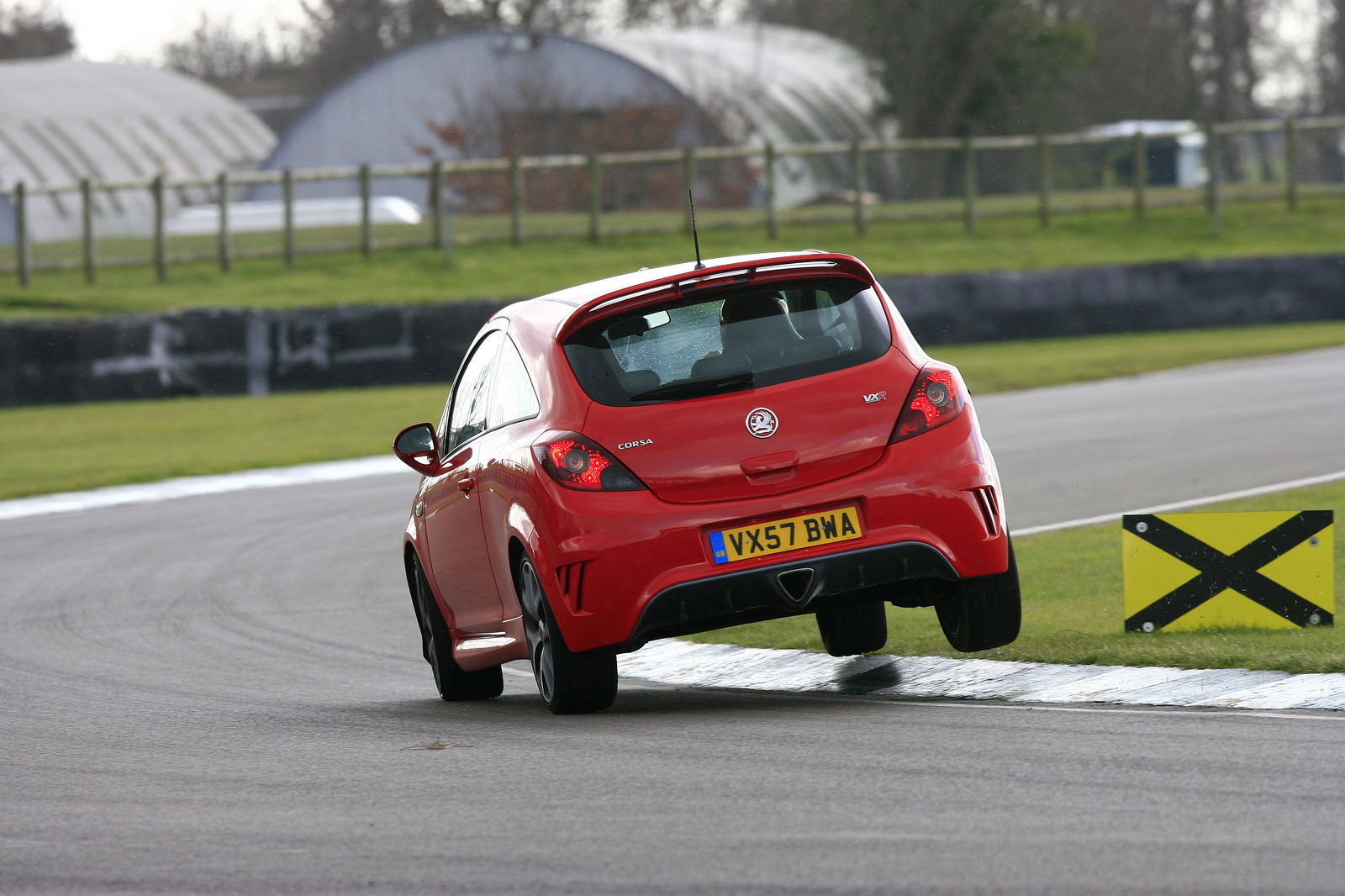
Sessions, on the other hand, are far more restrictive, but they’re often better for beginners. This is due to the fact that drivers of similar ability and experience are seeded into specific groups; novice, intermediate and advanced. As a result, you’re less lightly to get overwhelmed by faster drivers. Most track day events also have qualified ARDS track day instructors on hand to give you some tips. Expect to pay between £20-£40 for half an hour of tuition.
2. Prepare your vehicle
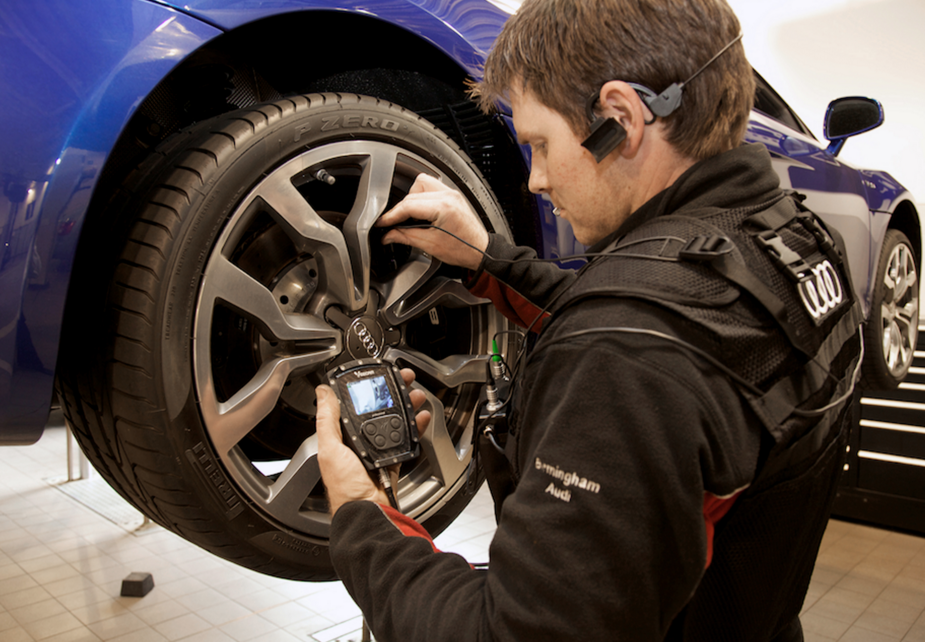
Before you head off on your track day, make sure that that your fluids are topped up, that your brake pads have enough meat left on them and that your tyres are in good condition. We also recommend removing any clutter from your vehicle beforehand.
On the day itself, make sure to keep an eye on your engine temp, oil consumption and tyre wear. Monitoring your tyre pressures can also help increase the longevity of your rubber, as well as helping to decrease your lap times. You’ll find that midway through a session, the heat generated on track will cause your tyre pressures to rise. If you find the car becoming skittish you can lower your pressures incrementally to increase traction. But do so carefully and note down the changes that you have made.
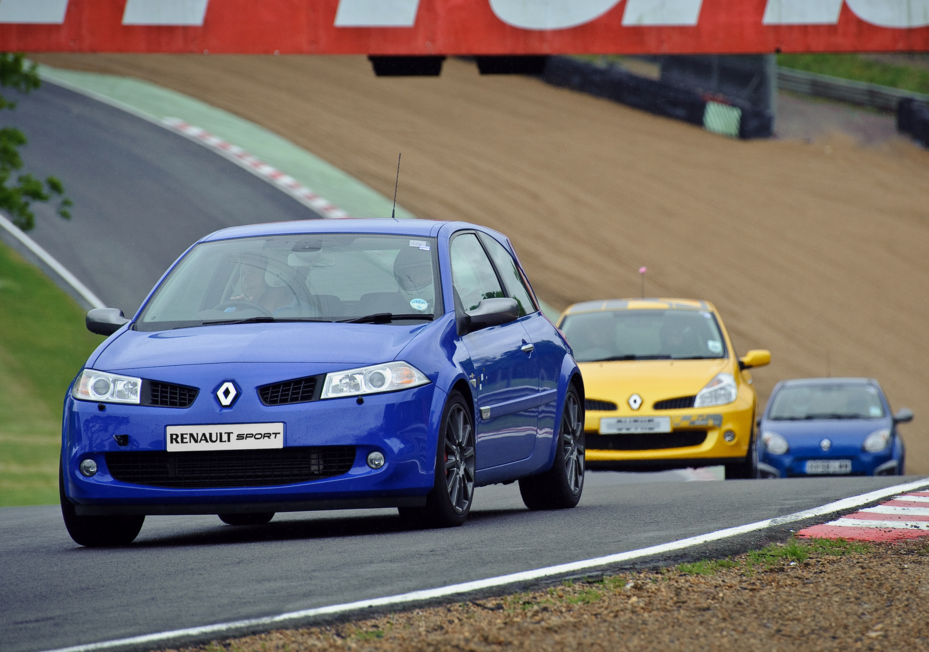
After the session it’s also important to ensure that you give your car enough time to cool down. If you come in quickly and park the car, you risk warping your discs and causing serious damage to your brake pads. By circulating at a brisk pace on the last lap you can let the discs, engine and transmission dissipate heat effectively.
3. Prepare yourself
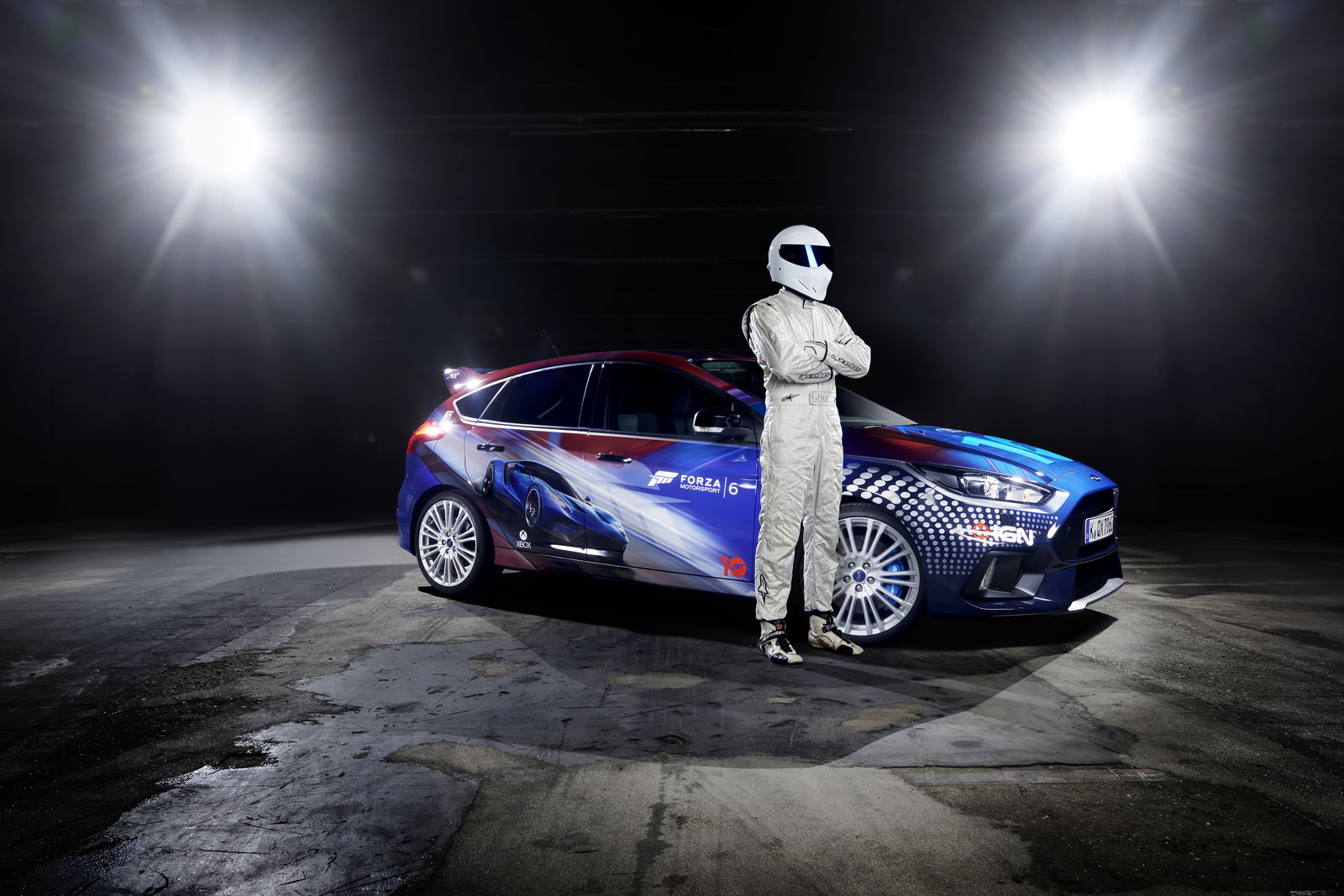
Before you even set foot on the track, you need to prepare yourself. Number one on the list is to make sure that you have adequate clothing. This doesn’t mean that you need to hit the track dressed as the Stig, but it does mean that you should wear clothing that covers your arms and legs (a common requirement for most tracks). You should also make sure that you wear thin-soled shoes as this will ensure that you have a good pedal feel. It will also help make techniques like left-foot braking and heel and toe-ing far easier.
If you are getting serious about track-days and you’re looking to attend multiple events, we would also recommend purchasing a racing helmet that complies with motorsport regulations. Circuits often rent out cheap helmets, but good brands such as Arai, Bell or Stilo will always offer better protection.
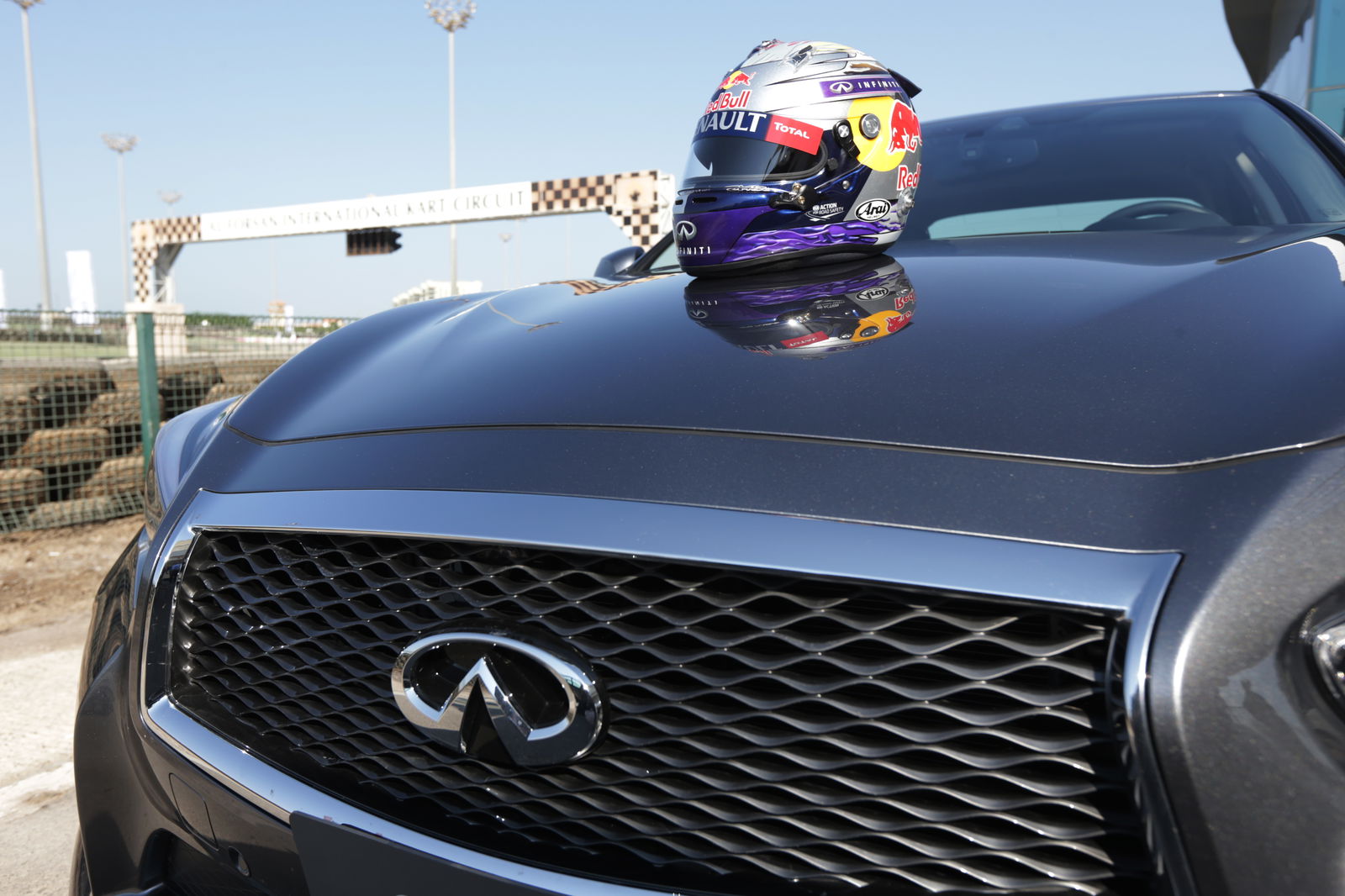
Personal preparation also extends to looking after yourself. If the circuit is far away, make sure that you book a hotel for the night before. You want to be well rested and well hydrated before you venture out on track. You might think this sounds like overkill, but you will genuinely feel the difference. If Sebastian Vettel requires ten hours of sleep before a race day, why are you any different?
4. Pay attention to the rules
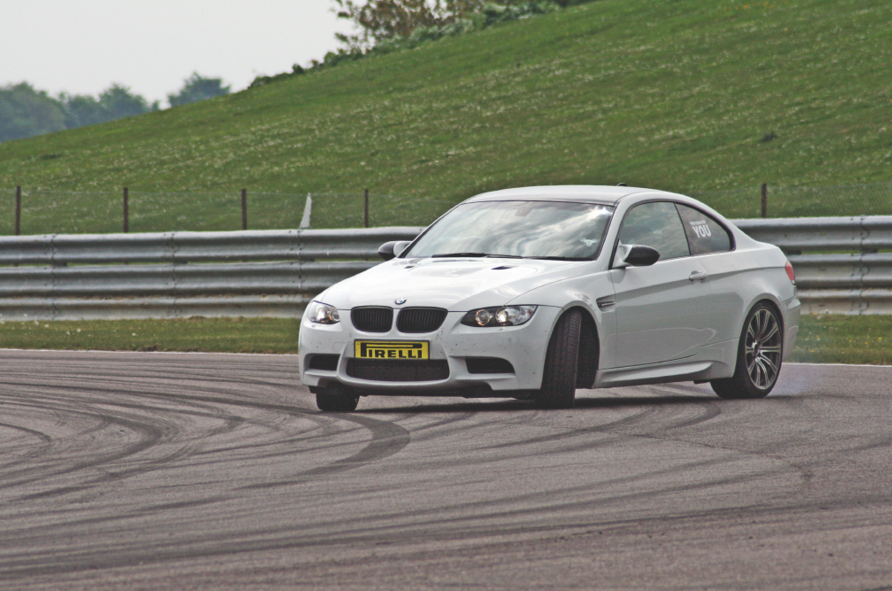
Make sure that you arrive early so that you’re not rushed. You will need to ‘sign-on’ at the main desk where you’ll receive a wristband and the timetable. This will include your mandatory ‘Driver briefing’. At the briefing, the event organiser will run through key information such as the schedule of the day, flag signals and rules of the track.
You’re then ready to hit the track. The important thing to remember is that a track day is not a race day. One of the most important rules is that you should only overtake on the left-hand side of the track (some circuits differ so check beforehand). The majority of events also restrict overtaking in the braking zones, so make sure you keep an eye out for cars approaching fast from behind, and make sure to let them through safely. Now, this might sound fairly straightforward and perhaps even a little patronising, but the red mist can catch out all drivers (us included), regardless of their experience, so it’s important that you remain calm when out on the circuit.
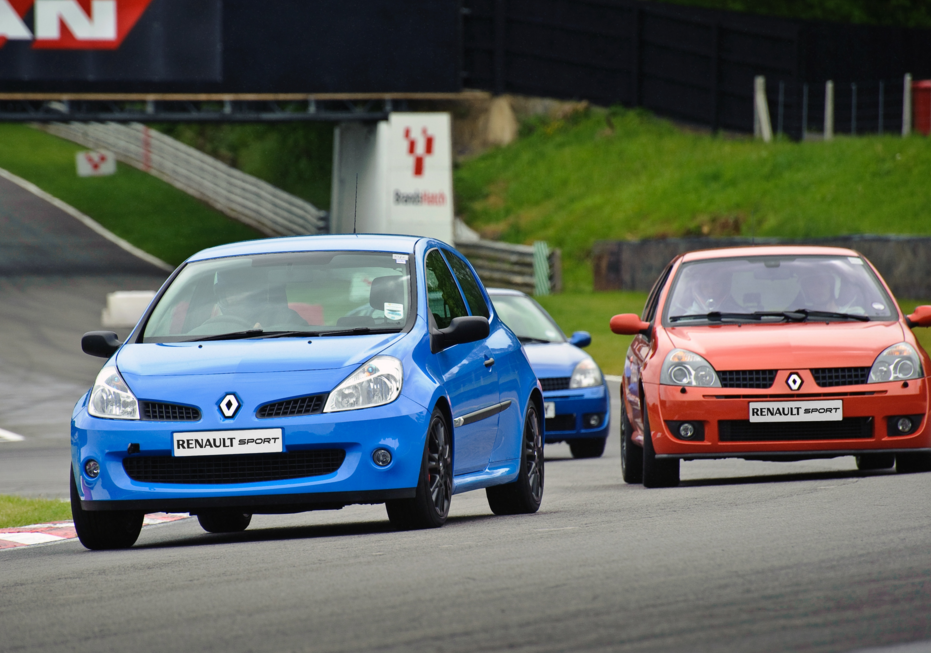
With that, you’re ready to book your first track day! They’re genuinely the most fun you can behind the wheel and we can’t wait to hit the track in 2016. In fact, who’d like to see a CT track day?
Comments
5) Get a Miata. TRACK DAY, BRO.
We’d love a CT track day, and would be up to bring down our cars!
CT Trackday at the Nordschleife of the Nürburgring !
So guys, I’m doing my first autocross event here in less than two weeks… Any advice besides what this article talked about?
Do i need to install roll cage for track day?
that needs to happen, Book me in!
Castle Combe maybe? easier and cheaper than going to Germany, plus if we had enough people we could book the whole circuit :)
Let me know if you decide to run a CT event, I’d be happy to help!
Also never do something out of your comfort zone! Be safe and don’t be scared to be slower than everyone else. Don’t be over confident either. My last lapping day I had a BRZ on me going into a corner and I thought I could out corner him because I was running on slicks. Little did I know, he was on slicks as well and I entered the corner way too fast and my impreza just understeered off track. Luckily I didn’t damage anything and just cut the corner (it was an s curve) right back on the track safely.
Pagination